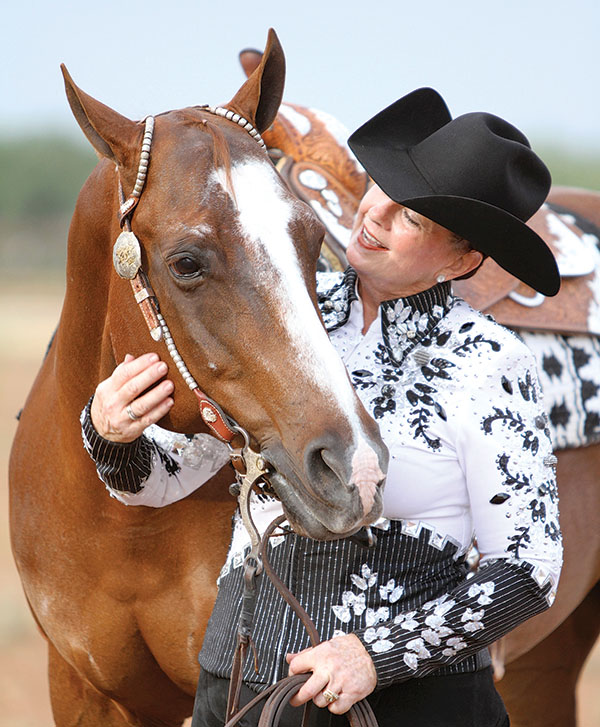Horseback riding can be a dangerous sport. You can make it less so by maintaining the right mindset and following key rules. To dramatically reduce your likelihood of injury over a lifetime around horses, consider the following basic principles.
[READ: Trail Riding Safety]

1. Learn from experts. An ounce of advice can save untold pounds of trouble. Seek qualified help in selecting the right horse for you. Also make sure your expertise is sufficient both for the horse you ride and the type of riding you want to do.
If it’s not, lessons, clinics, coaching, and professional horse training are all options to consider until the appropriate horsemanship skills are well established. Then, whenever you bump up to something more challenging—say, you want to advance from trail riding to trail trials, or from rail classes to timed events—get help at least until you become “acclimated” in your new sport.
2. Use common sense. Think, plan ahead, and troubleshoot to keep mishaps from occurring. Minimize risk with constant mindfulness—of your horse’s point of view and how he might respond to something. That saves you from tying him to that rickety post, for example, or trying to ride him through that boggy spot.
Avoid over-facing yourself or your horse. If a niggling voice inside says, “Awfully windy for a trail ride,” or “Are we really ready for a show this big?,” listen to it.
[READ: Learn This Horse Safety Habit]
3. Insist on respect. Use groundwork exercises as needed to establish who’s in charge, then provide regular reminders. Don’t let your horse develop bad habits, such as pushing into your space or failing to pay attention to you. A respectful horse is a safer horse, period.
4. Avoid urgency. Time or goal pressures can prompt you to cut corners and hurry, both of which are safety hazards. Take the time it takes to prepare your horse for any new endeavor. Give him a chance to absorb learning and respond calmly. Never try to force him into anything.

5. Be observant. Stay calm, focused, and alert anytime you’re on or around your horse. It’s your responsibility to monitor him and attend to his needs. Is he in pain? That can prompt unsafe behavior. Is he in a spooky mood? Ditch the planned activity and work on desensitizing instead. Is he acting fat and sassy? Consider how your feeding regimen may be affecting his overall attitude (see above box).
6. Gear up. At a minimum, always wear boots with a heel and reinforced toe. Also consider using a certified equestrian safety helmet and breakaway/safety stirrups (which lessen the risk of getting hung up and dragged).
7. Make safety a habit. Do things the right way every time, every ride, with every horse (even so-called “bombproof” ones). If something’s become habitual—such as “getting the fresh out” before riding your horse—you don’t have to waste time deliberating the issue every time you ride. You just do it…and stay safe.






